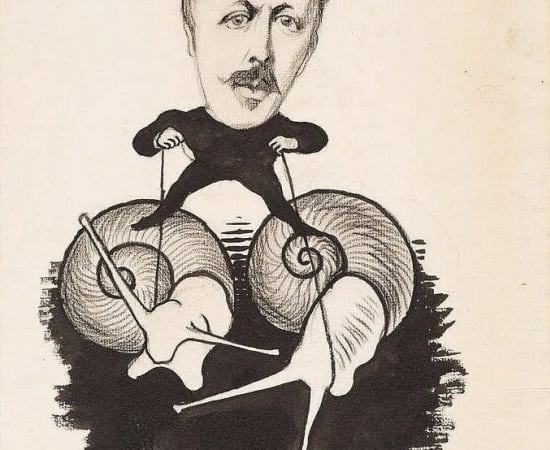Félix Vallotton (1865-1925) French, Swiss
对比大师,现代木刻革新者,以及“纳比派”重要人物
在贝利画廊,我们致敬那些将卓越技艺与创新视野完美结合的艺术家,费利克斯·瓦洛顿正是这一融合的杰出代表,他是后印象派最具影响力的艺术家之一。作为画家、版画家和插画师,瓦洛顿以其开创性的木刻版画和富有心理张力的构图闻名,奠定了他作为19世纪末至20世纪初现代主义大师的地位。
瓦洛顿1865年出生于瑞士洛桑,1882年移居巴黎,进入朱利安学院学习,迅速成为先锋艺术团体“纳比派”的成员。他的风格受象征主义和日本浮世绘的影响,逐渐发展出强调大胆的图形对比、色彩平面和精确近乎戏剧化的构图风格。
他的创新木刻版画以黑白强烈对比、线条锐利和叙事张力闻名,革新了版画艺术。瓦洛顿的版画常常探讨家庭生活、社会讽刺以及存在主义紧张等主题,展现了对人类行为深刻的心理洞察。
在绘画中,瓦洛顿将装饰性与叙事性结合,将日常场景与象征意义融为一体。他对色彩和构图的运用既严谨又充满情感张力,体现了他处于传统与现代之间的独特位置。
瓦洛顿的作品现藏于全球多家重要博物馆,包括奥赛博物馆、泰特现代美术馆和现代艺术博物馆(MoMA)。他的影响力超越了时代,对现代图形艺术和叙事绘画产生了深远影响。
在贝利画廊,我们自豪地呈现费利克斯·瓦洛顿这位艺术家,他锐利的对比和细腻的叙事仍然吸引着收藏家和鉴赏家。他作为画家和版画家的遗产,体现了定义现代艺术的创新精神和情感深度。

